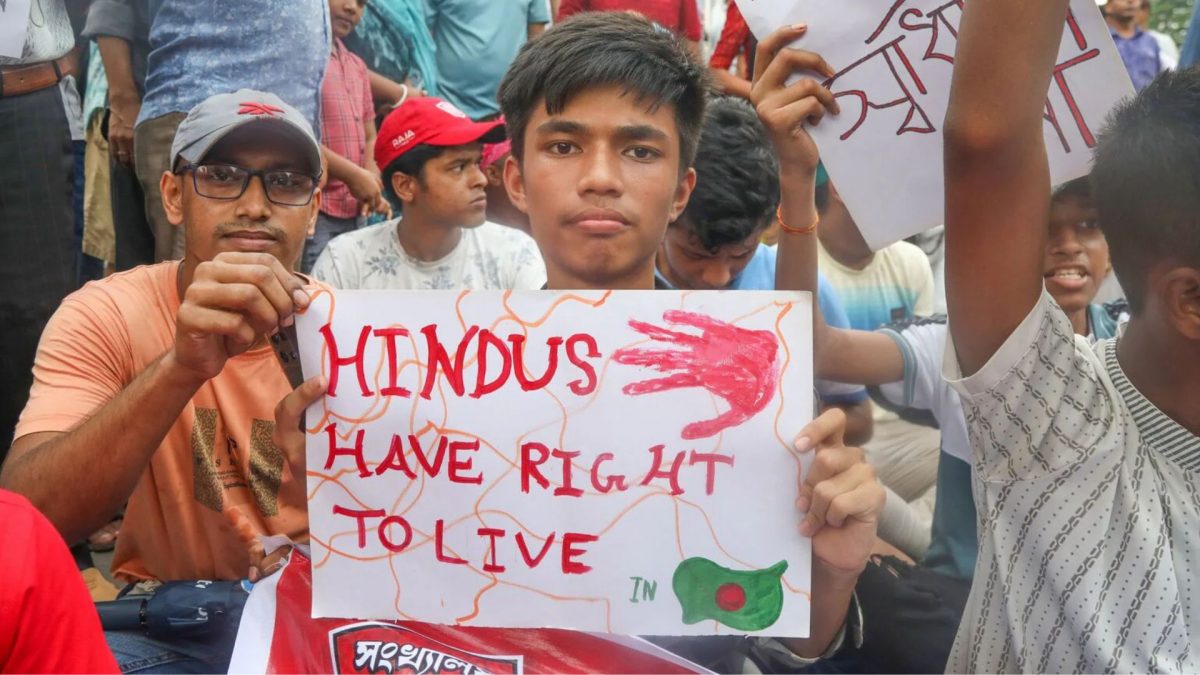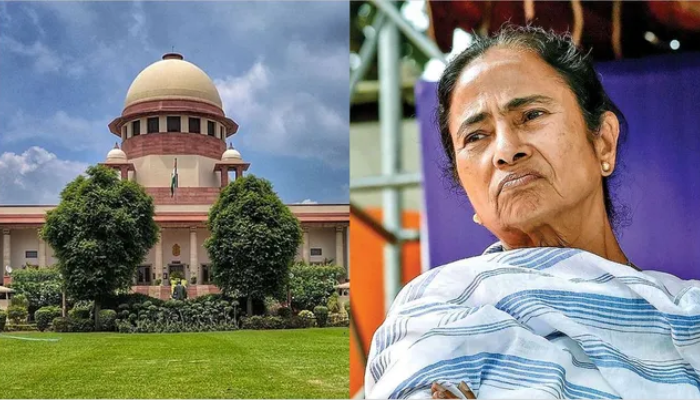
Book Review | The many unknown acts of the great Bengal tragedy
Deccan ChronicleWriting about India’s Partition and many other related issues/events of those times as well as of periods well before and well after Independence is not very easy because of so much of history being swept under the carpet, destroyed, kept classified, or twisted. The chapters are: Bengal Encounters Islam, Plassey: Sale of Bengal, 1857: Impact on the Colonial Narrative, Indian Renaissance: India Rediscovers her Soul, Hindu Nationalism versus Fundamentalist Islam, A Struggle for Identity: Language versus Religion, Partition Politics: Rise of Muslim Communalism, An Ugly Colonial Plot: The Communal Award of 1032, Unfolding the Separatist Agenda, Genocide and Colonial Politics: The Great Bengal Famine, Great Calcutta Killings, Noakhali and Gandhi: The Beginning of the End, Was Partition Inevitable? Colonel Durand, a British Indian army officer, at a meeting to discuss the Partition of 1905, reflected in his speech this divisive agenda: “The Bengal Presidency may be divided into two or three great areas, in which the people are very distinct, and in which there is a very considerable degree of that sort of jealousy and animosity which exists between conterminous peoples. In WWII, it was not enough that 2.5 million Indian Armed Forces personnel fought and again won it for the Allies, India, particularly Bengal, had to bear a famine as foodgrains were sent for feeding the British Army. The famine was their own fault for breeding like rabbits.” The book’s release coinciding with 50 years of Bangladesh’s liberation is also a reminder that the British aim of partitioning eastern India failed within 24 years.
Discover Related

)


)




)






















)


)
)











